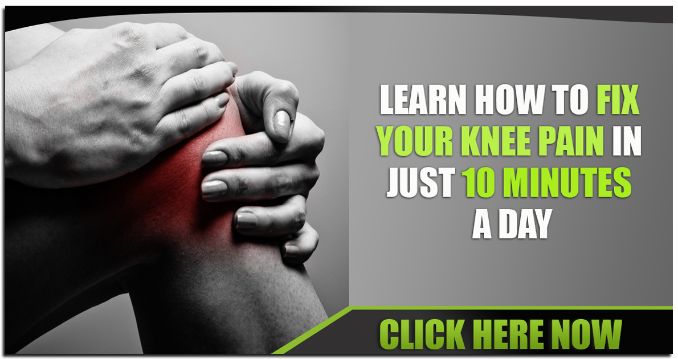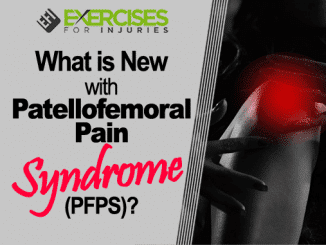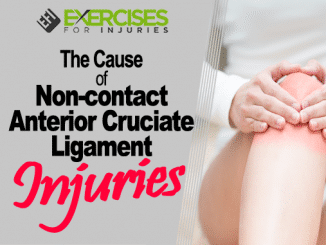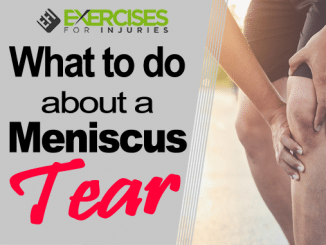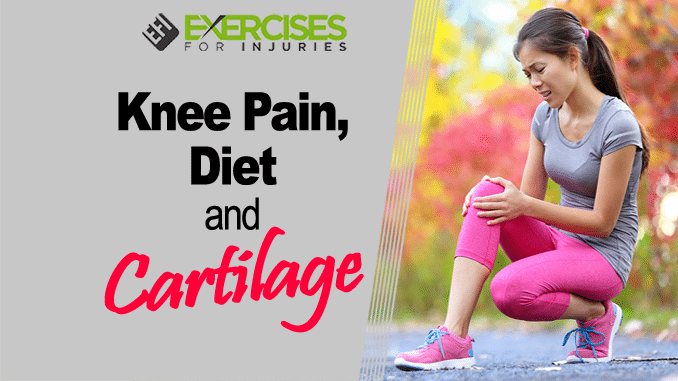
Do your knees ache after exercising? You’re not alone. The primary symptom of a diseased joint is pain, and knee pain is very common in people who frequently exercise. The knee is one of the most commonly injured body parts for athletes, especially those who are involved in sports like running, biking, or skiing where there is a lot of downhill action. Knee injuries can be particularly devastating to athletes because they require constant strain on that joint. And while it’s true that any form of rigorous physical activity or training can lead to knee pain, it’s also true that some activities put your knees at risk more than others.
Many individuals experience knee pain, and athletes in particular are inconvenienced by poor knee health. Knee pain is often difficult to diagnose and treat, especially when it is caused by a variety of factors. Fortunately, knee problems can be prevented from becoming debilitating. Avoiding flare-ups is mainly about keeping active, but research suggests that diet might also influence knee cartilage viability and its ability to handle stressors such as exercise or long-standing.
Activities to Avoid If You Have Knee Pain
If you have knee pain, avoid exercises that put pressure on the knee joint or cause pain in the knee joint.
Some activities to avoid or minimize knee pain include:
- Squats – Squats put lots of pressure on the knees. If you have knee pain, don’t do squats.
- Running – Running can cause knee pain because it puts a lot of pressure on the knees.
- Tennis – Tennis puts a lot of pressure on the knees, so it’s best to avoid it if you have knee pain.
- Cycling – Cycling is great for cardiovascular fitness, but it puts a lot of pressure on the knees. If you have knee pain, you might want to find an alternative low-impact exercise.
- Weightlifting – According to experts, excessive weight lifting can actually cause knee pain. If you have knee pain, you should probably avoid heavy weightlifting.
Diet Tips for Healthy Cartilage
As you’re probably aware, cartilage is not a muscle. So how can diet affect this biomaterial that is found only in joints? It turns out that what enters your mouth travels through your blood vessels, which brings nutrients all the way down to your joints. So, what’s in your blood ultimately determines the health of your cartilage. Healthy cartilage is rich in nutrients like glucosamine, chondroitin, and hyaluronic acid. These nutrients help protect joints against wear and tear and reduce knee pain. There are several foods that can help provide these nutrients to your joints.
Here are five foods that are great for cartilage:
- Bone broth – Bone broth is a great source of glucosamine and chondroitin.
- Dark leafy greens – Dark leafy greens are rich in vitamin C, which helps produce hyaluronic acid.
- Sardines – Sardines are a great source of vitamin B-12, which helps produce hyaluronic acid.
Avocado – Avocado is a good source of vitamin E, which helps produce hyaluronic acid and protects cartilage.
I am always talking with people, and last week, when I was at Fitness Business Summit, I got to speak with Dr. Peter Osborne.
He had some great information on knee pain, diet, and Cartilage.
Can What You’re Eating Damage Your Cartilage and Lead to Knee Pain?
==> Knee Pain, Diet, and Cartilage
Thank you so much, Dr. Peter Osborne.
To sum up what he went through in the interview:
- Most don’t think of diet as an essential component of the healing process
- We need these nutrients in our diet to help collagen to heal Damaged Cartilage
- With a poor diet, we may heal, but we heal in a weaker state
- Inflammation of the body is a key to slowing down recovery
- How a component in wheat can slow down your cartilage recovery
- What glucosamine and chondroitin do to inflammation
- Other foods to consider when it comes to inflammation
- What supplements are as effective as medication
Thanks for reading and listening.
We will talk to you soon.
Rick Kaselj, MS

